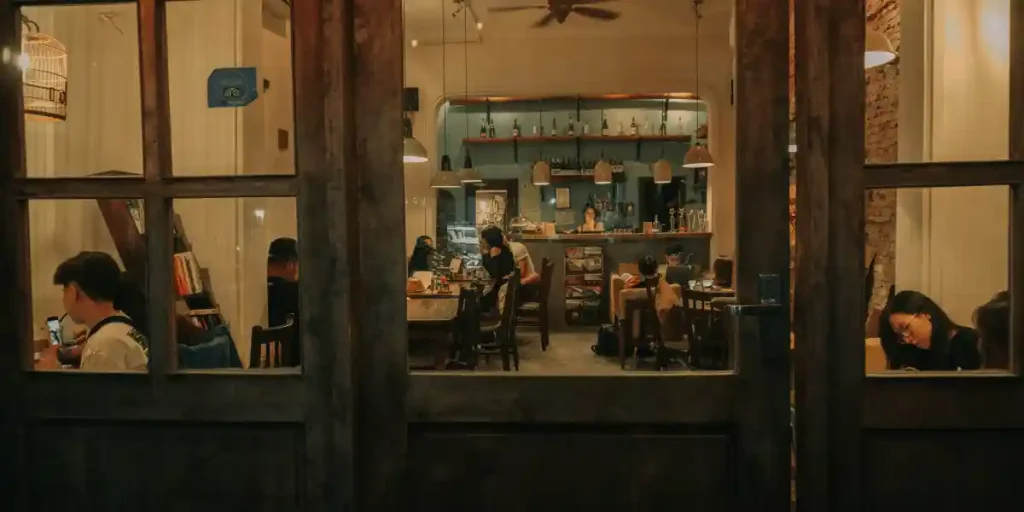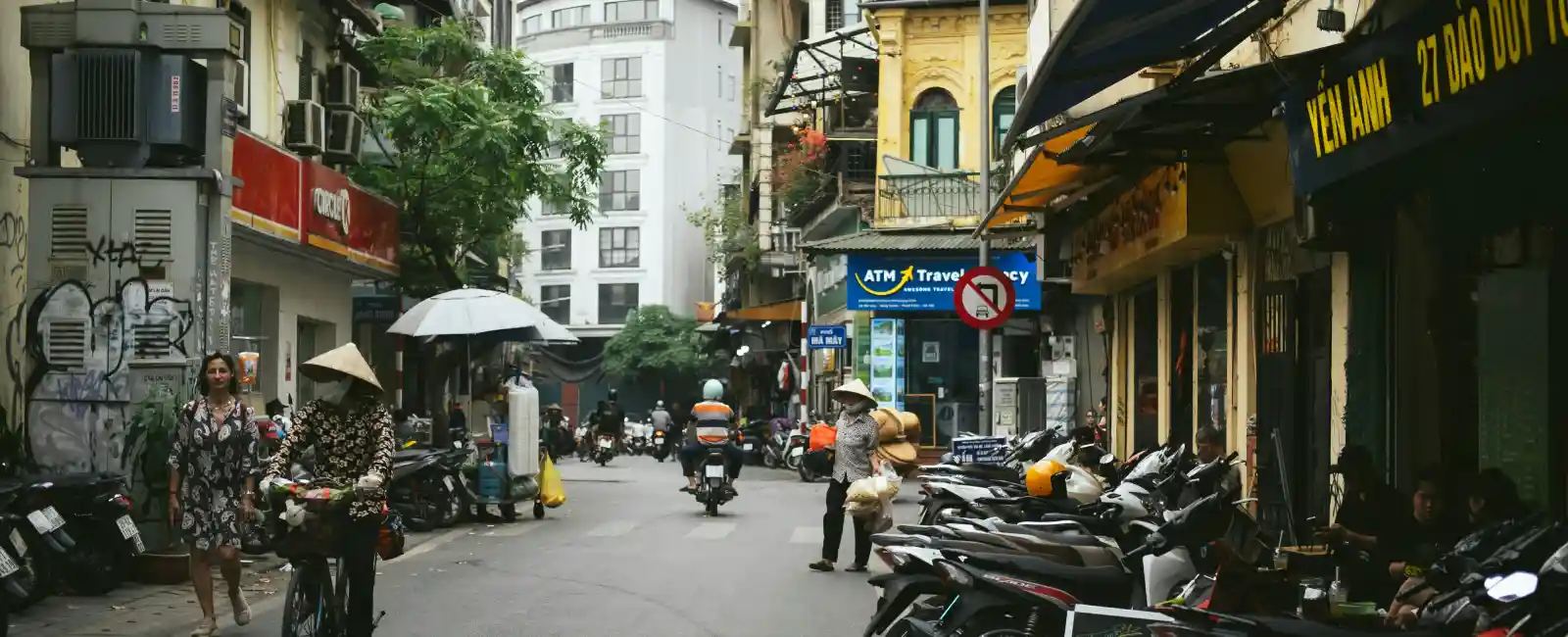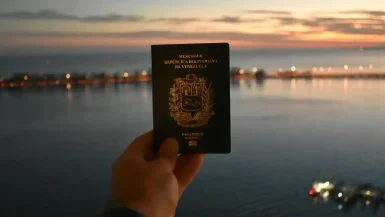Introduction
Vietnam is a captivating destination with a blend of natural beauty, rich history, and vibrant culture. Whether you’re an adventure seeker, history buff, or food lover, Vietnam has something to offer. This guide provides essential Vietnam traveling tips to ensure a smooth and enjoyable trip.
Planning Your Trip
1. Research and Itinerary
Start by researching the top destinations and activities in Vietnam. Some must-visit places include Hanoi, Ho Chi Minh City, Halong Bay, Hoi An, Hue, and Sapa. Create a flexible itinerary that allows you to explore the major attractions without rushing. Factor in travel time between cities and regions.
2. Best Time to Visit
Vietnam has a diverse climate. The best time to visit depends on the regions you plan to explore. Northern Vietnam is best visited from October to April, while the south is ideal from November to April. The central region has a rainy season from October to December, so plan accordingly.
Visa and Entry Requirements
3. Visa Application
Check the visa requirements for your nationality. Many travelers can apply for an e-visa, which is convenient and quick. Ensure your passport is valid for at least six months from your planned date of entry.
4. Entry Points
Vietnam has several international airports, including Noi Bai in Hanoi, Tan Son Nhat in Ho Chi Minh City, and Da Nang International Airport. You can also enter via land borders with neighboring countries like Cambodia, Laos, and China.
Packing Essentials
5. Appropriate Clothing
Pack light, breathable clothing suitable for the tropical climate. If you plan to visit northern regions during winter, bring some warm clothes. Modest attire is recommended when visiting temples and religious sites.
6. Travel Gear
Bring a sturdy backpack for day trips, a reusable water bottle, and a power bank for your electronics. Don’t forget essential items like sunscreen, insect repellent, and a first aid kit.
Accommodation Options
7. Budget to Luxury
Vietnam offers a wide range of accommodation options. You can find budget hostels, mid-range hotels, and luxury resorts. In major cities and tourist areas, it’s advisable to book in advance.
8. Homestays
Consider staying in homestays, especially in rural areas and ethnic villages. This offers a unique opportunity to experience local culture and hospitality.
Transportation Tips
9. Domestic Flights
For long distances, domestic flights are the quickest option. Airlines like Vietnam Airlines, VietJet Air, and Bamboo Airways offer frequent flights between major cities.
10. Trains and Buses
Vietnam has an extensive train network, with the Reunification Express being the most popular route between Hanoi and Ho Chi Minh City. Buses are a budget-friendly option, but journeys can be long and bumpy.
11. Motorbike Rentals
Renting a motorbike is a popular way to explore cities and rural areas. Ensure you have an international driving permit and always wear a helmet. Be cautious of traffic rules and road conditions.Discover rural life in Vietnam.
Exploring Major Destinations
12. Hanoi
- Hoan Kiem Lake: A serene spot in the heart of Hanoi, perfect for a morning stroll.
- Old Quarter: Bustling streets filled with traditional shops, cafes, and street food vendors.
- Ho Chi Minh Mausoleum: Visit the resting place of Vietnam’s revolutionary leader.
13. Ho Chi Minh City
- Ben Thanh Market: Great for shopping and sampling local food.
- War Remnants Museum: Provides insights into the Vietnam War.
- Cu Chi Tunnels: Explore the extensive network of tunnels used during the war.
14. Halong Bay
- Cruises: Book a cruise to explore the stunning limestone karsts and isles.
- Kayaking: Paddle through the bay for a closer look at the caves and rock formations.
15. Hoi An
- Ancient Town: A UNESCO World Heritage site known for its well-preserved architecture.
- Tailor Shops: Get custom-made clothing from skilled tailors.
- Japanese Bridge: An iconic historical landmark in the town.
16. Hue
- Imperial City: A walled fortress and former imperial capital with historical significance.
- Perfume River: Enjoy scenic boat rides and visit historical sites along the river.
17. Sapa
- Rice Terraces: Admire the stunning landscapes and enjoy hiking opportunities.
- Ethnic Villages: Experience the culture of the Hmong, Dao, and other minority groups.
Cultural Etiquette
18. Dress Modestly
When visiting temples and religious sites, wear modest clothing. Cover your shoulders and knees as a sign of respect.
19. Remove Shoes
Always remove your shoes when entering homes and certain establishments. It’s a common practice in Vietnam.
20. Respect Elders
Show respect to elders and use both hands when giving or receiving items. A polite nod or bow is appreciated.
Food and Drink
21. Street Food
Vietnam is famous for its street food. Don’t miss trying pho (noodle soup), banh mi (sandwich), and fresh spring rolls. Look for busy stalls, as they usually indicate good food.
22. Coffee Culture
Vietnamese coffee is strong and flavorful. Try the traditional cà phê đá (iced coffee) and cà phê trứng (egg coffee). Cafes are great places to relax and people-watch.
23. Fresh Fruit
Enjoy a variety of tropical fruits like mangoes, pineapples, and dragon fruits. Many street vendors sell fresh fruit and smoothies.
Activities and Experiences
24. Cycling Tours
Explore the countryside on a bicycle. Many tours are available in places like Hoi An and the Mekong Delta.
25. Cooking Classes
Join a cooking class to learn how to make Vietnamese dishes. It’s a fun and educational experience.
26. Beach Time
Vietnam has beautiful beaches. Relax on the sandy shores of Nha Trang, Phu Quoc, and Da Nang.
27. Trekking
Trekking is popular in regions like Sapa and the Central Highlands. Hire a local guide for the best experience.
Safety and Health
28. Stay Hydrated
The tropical climate can be dehydrating. Drink plenty of water, especially when exploring outdoors.
29. Travel Insurance
Purchase travel insurance that covers medical emergencies, trip cancellations, and lost belongings.
30. Health Precautions
Stay updated on necessary vaccinations. Carry basic medications for common ailments like stomach issues and headaches.
Money Matters
31. Currency
The local currency is the Vietnamese Dong (VND). ATMs are widely available in cities and tourist areas.
32. Bargaining
Bargaining is common in markets and small shops. Always negotiate politely and with a smile.
33. Cash and Cards
While credit cards are accepted in hotels and large restaurants, carry cash for small purchases and street food.

Connectivity and Communication
34. SIM Cards
Purchase a local SIM card for affordable data and calls. Viettel, Mobifone, and Vinaphone are popular providers.
35. Wi-Fi
Wi-Fi is widely available in hotels, cafes, and restaurants. Stay connected and share your travel experiences.
Sustainable Travel Tips
36. Reduce Plastic Use
Carry a reusable water bottle and shopping bag. Avoid single-use plastics to minimize your environmental impact.
37. Support Local Businesses
Buy souvenirs and products from local artisans and markets. This supports the local economy.
38. Respect Wildlife
Avoid activities that exploit animals, such as elephant rides. Opt for ethical wildlife tours and sanctuaries.
Conclusion
Vietnam is a diverse and enchanting destination with so much to offer. By following these Vietnam traveling tips, you’ll have a more enjoyable and memorable experience. Embrace the culture, savor the food, and explore the stunning landscapes. Happy travels!



